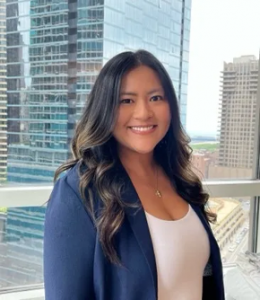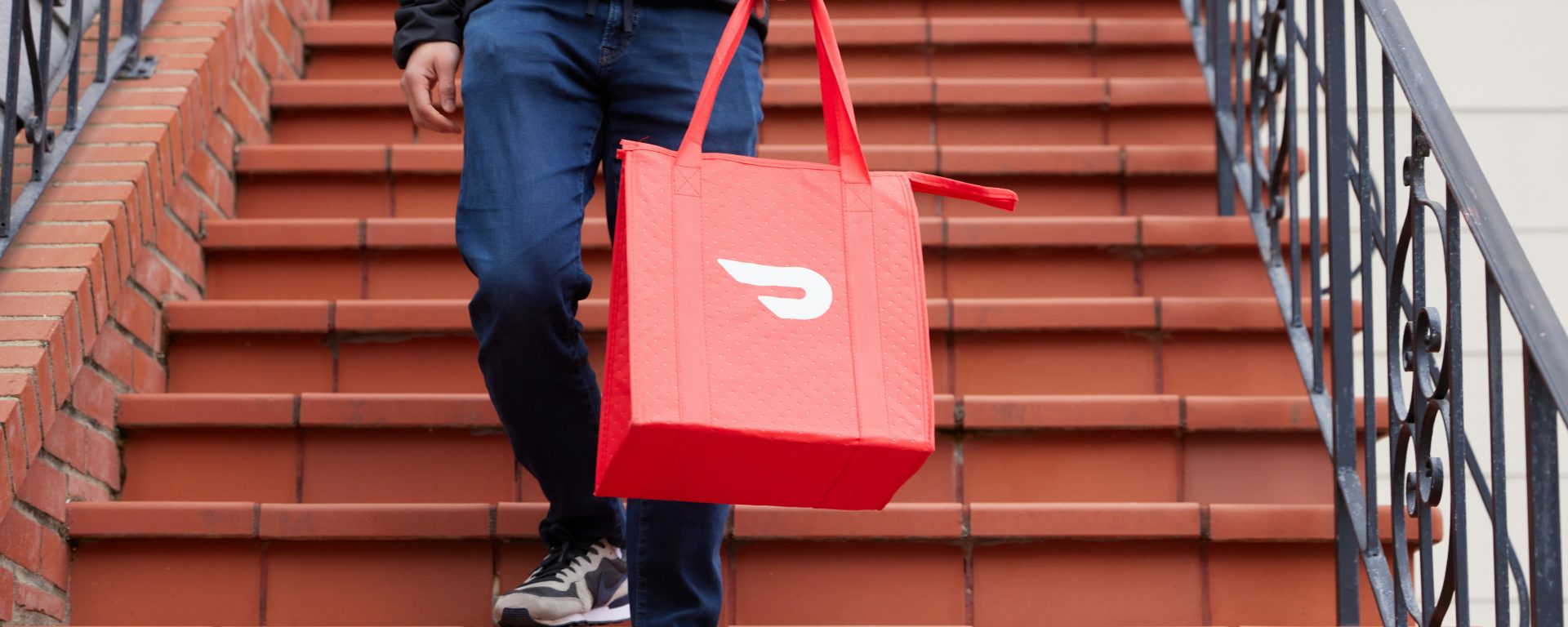Startups and Their (Non)Obvious Patents
Many products and services we use every day are inventions from startups that were innovative, new, and exciting at the time they were created. For example, many of us now use, and take for granted, Uber for transportation or Square to easily pay with credit cards at restaurants or stores. While these companies’ platforms might be obvious to us now, startups initially relied on these inventions to be nonobvious at the time of creation to receive patent protection.
What is a startup?
A startup is a young company that develops a unique idea into a product or service. Entrepreneurs often pour hours and hours into a new idea in hopes to grow it into something used by many consumers within their target market. Even companies with “big names” now, such as Uber and DoorDash, began as startups!
Once a startup brings its idea to life, it will often seek out money from venture capital investors to help fund its idea. Typically, venture capital (or VC) investors will take a chance on young companies in exchange for a percentage of equity in the company. Hopefully, as the company succeeds, the VC receives a return on its investment.
But before investing in the company, a VC will do its due diligence to make sure it is safe to invest and that it is investing its money in the “right” company. In addition to checking a company’s formation and equity documents and its financial position and performance, VCs will want to ensure that the company’s invention(s) is or are protected. Ideally, the startup company has secured (or, at least is in the process of securing) a patent for key aspects of the inventive concept. These factors and more will make a startup the “right” company for investment.
In addition to increasing their chances of obtaining VC funding, startups acquire patents to provide for flexibility to further expand their businesses. For example, startups can license their patents to other businesses and/or customers, which can result in increased profits and growth.
Patents and obviousness
A patent is a type of intellectual property protection granted by the United States Patent and Trademark Office (USPTO). A patent lasts from the time of issuance, for 20 years from the date of filing the patent application (no patent rights exist while the application is pending). If an invention is granted a patent, the inventor has the right to “exclude others from making, using, offering for sale, or selling” an invention or “importing” it into the U.S. If someone initiates one of these actions, also called infringement, the inventor can initiate legal action.
Startups can obtain a utility patent for their invention. A utility patent may cover “any new and useful process, machine, manufacture, or composition of matter, or any new and useful improvement thereof.” The invention must be nonobvious, among other requirements.
For an invention to be nonobvious, it cannot be something that would be obvious for somebody else in the relevant field to invent. The policy behind this is that we should award patents to inventions that are more than just a slight improvement over things we already use – we don’t want society to have to pay for inventions that only offer slight improvements.
Some interesting (non)obvious patents
Today, many startups whose patents we use might seem obvious to us today. Below are a few examples of some interesting inventions patented by startups that many of us use daily:
Peloton
Peloton is an exercise equipment company that creates stationary bicycles, treadmills, and rowers. Peloton equips their products with touch screens that stream live and on-demand fitness classes on a subscription basis, which makes these products great for working out at home! Peloton’s sales soared during the pandemic as gyms closed down and many of us had to work out in our homes.
Notably, among other patents, Peloton obtained a utility patent for an “Exercise system and method.” Because so many people throughout the U.S. have Pelotons, being able to access classes from different locations might seem so obvious to us today! However, at the time of its patent application, only physical classes were available. While some exercise equipment at the time also incorporated display screens, these types of products did not really engage users. Peloton’s invention combined these two important aspects in a nonobvious way.
Warby Parker
Warby Parker is a retailer of prescription glasses, sunglasses, and contact lenses. While Warby Parker operates in brick-and-mortar stores today, it began as solely an online retailer. Warby Parker is unique in that it allows customers to try on 5 glasses frames without leaving their home. Customers can select 5 frames from the website, which are then mailed to their home and they can try on the frames for a 5-day period, free of charge.
The company has programs where customers can upload a photo of themselves and try on frames virtually through Warby Parker’s mobile app. As a Warby Parker customer for many years, I’ve used this feature many times myself and by now, it seems like an obvious invention.
However, virtual try-ons were not obvious at the time of invention and Warby Parker was able to obtain a utility patent for “Virtual try-on systems for spectacles using reference frames.” Utilizing a “virtual try-on interface,” Warby Parker’s unique invention uses a computer-based system to take pictures of a user’s face, determine key sizing issues, and combine with virtual glasses so that a user can envision how they will look with the specific frames.
While it may seem obvious to us now that this was desirable, something obvious to try does not mean it is obvious to create at the time. Previously, augmented reality (AR) allowed users to overlay virtual images on to real world objects. However, Warby Parker combined its glasses with augmented reality to allow users to actually see how glasses could look on their face before purchase.
GoPro
GoPro is a technology company that manufactures action cameras. If you have ever traveled to vacation destinations or participated in any high action activities, you have likely seen people using GoPros before! From surfing to scuba diving to skydiving, even people who are not photographers use GoPros to create high quality photos that capture exciting memories.
While GoPro has a large patent portfolio, one of its most useful patents is for “ Systems and Methods for Stabilizing Videos.” The patent claims a system for stabilizing and soothing the look of videos based on the trajectory ahead.
Of course, stabilized video content is something we might think is obvious for high action videos. However, the process of doing so is something that the GoPro patent covers. Today amateur photographers can take quality videos during high action activities because of technology like this patent. Before GoPro’s invention, many of us wouldn’t even think that creating videos that were not jerky or shaky was a possibility!
While many startup inventions may seem obvious now, these inventions received patents because they were nonobvious at the time of invention. Can you think of any non(obvious) patents you use every day that you can’t imagine life without?

Kristen Salas Mationg
Assistant Blogger
Loyola University Chicago School of Law, J.D. 2024
